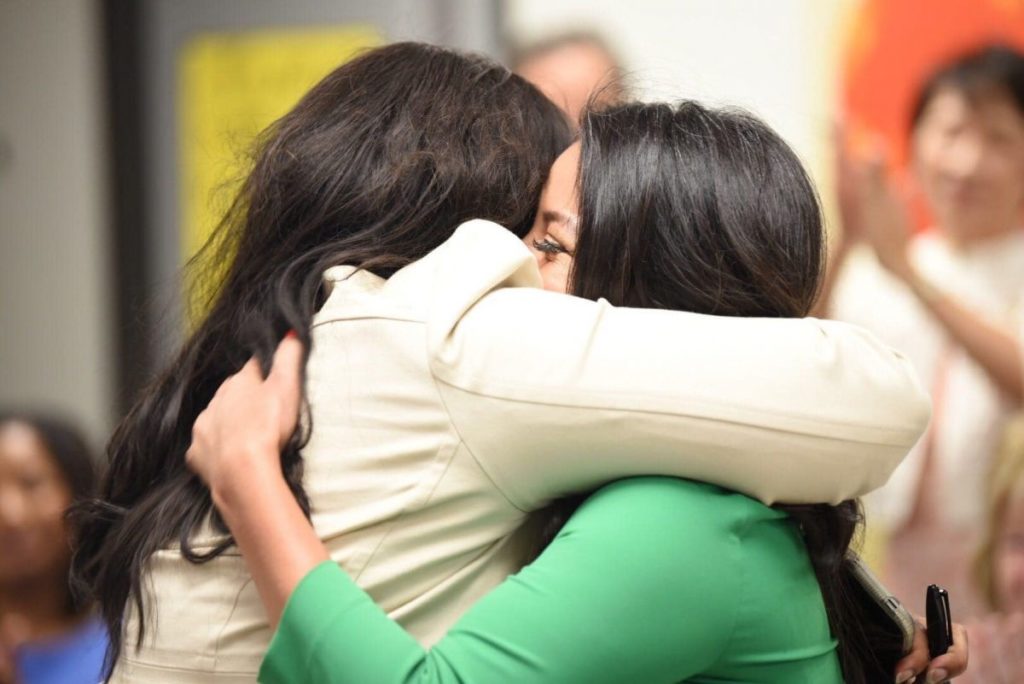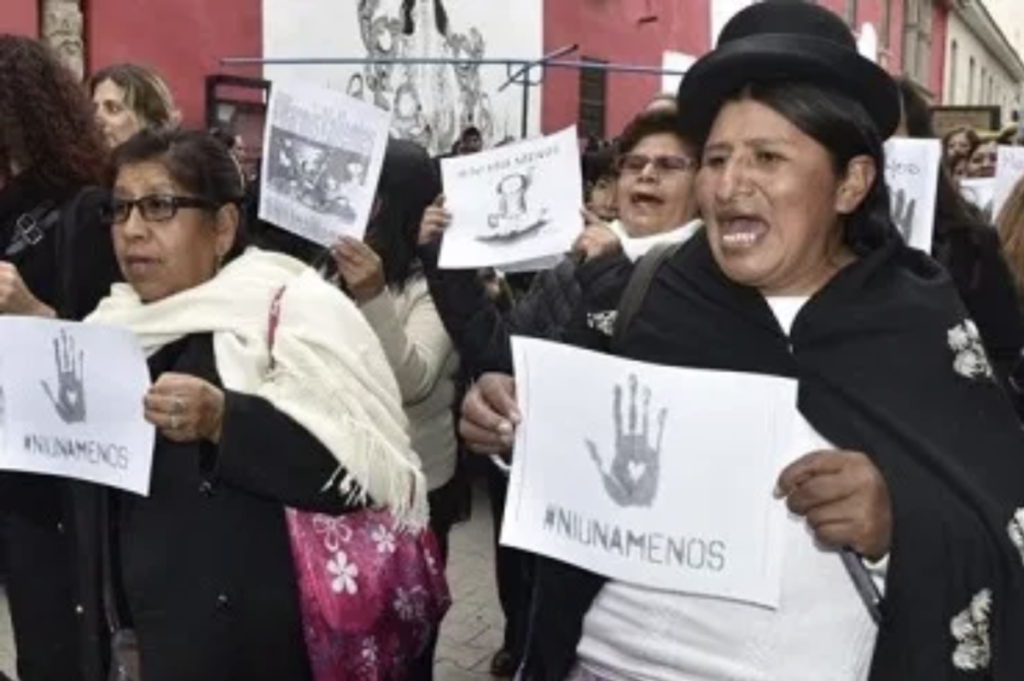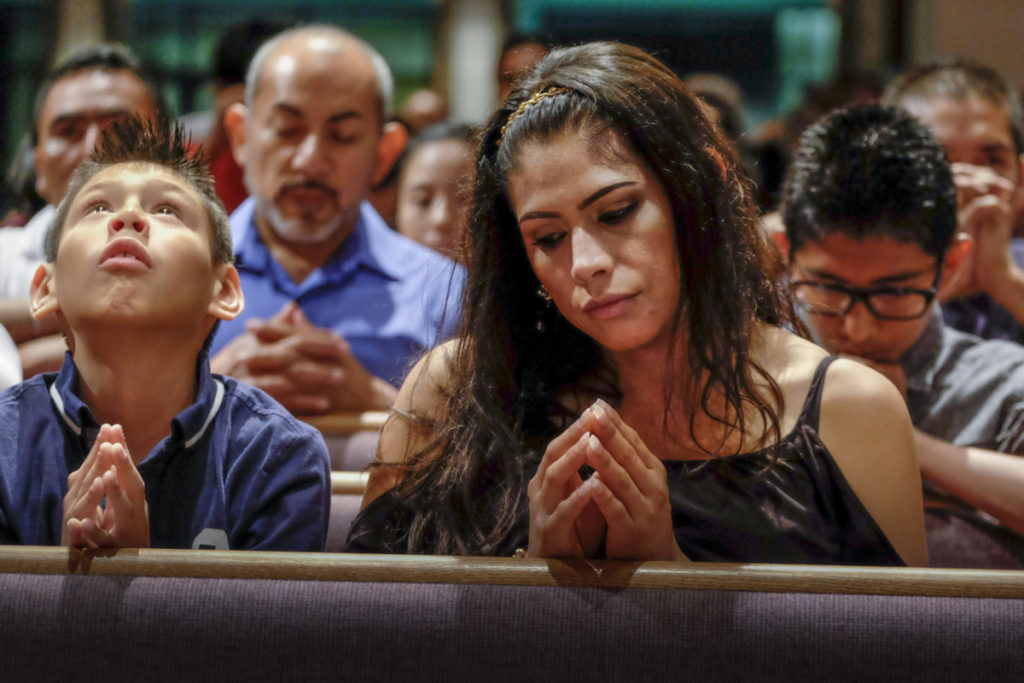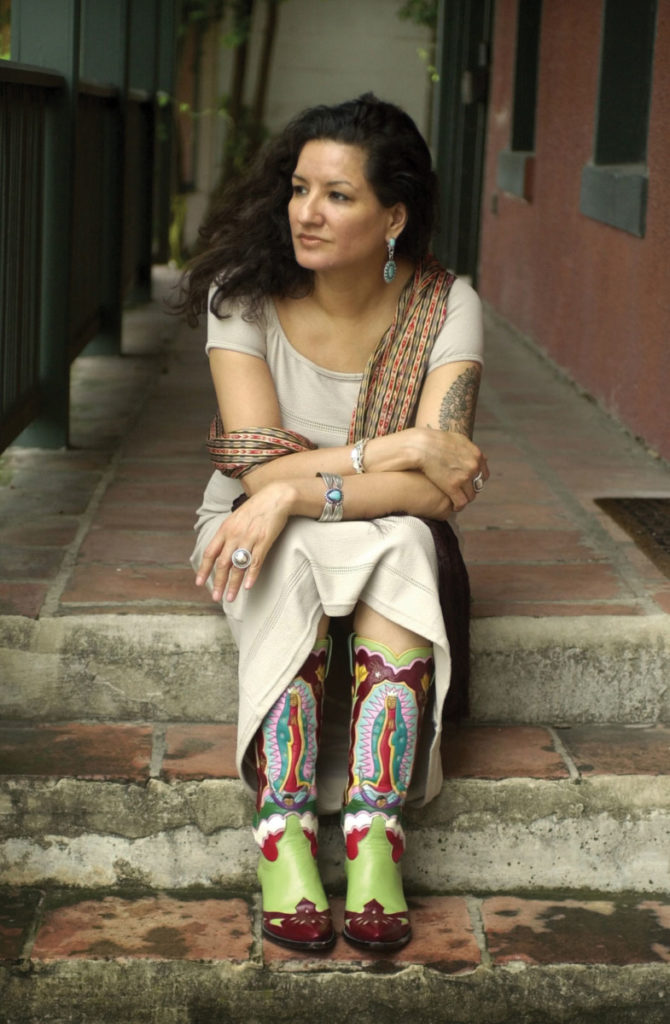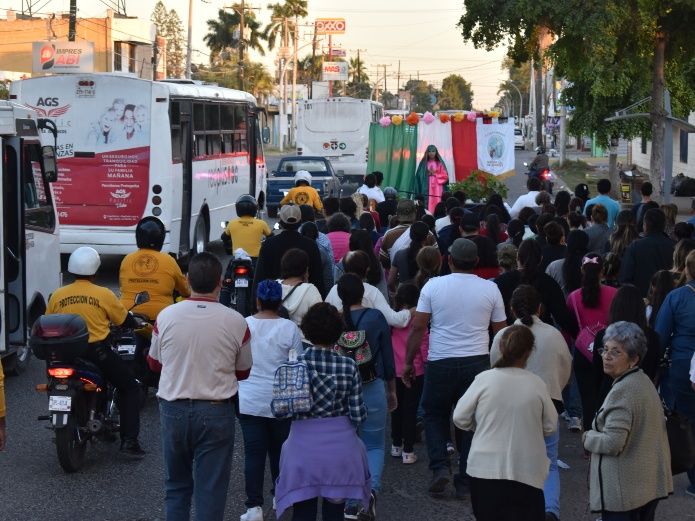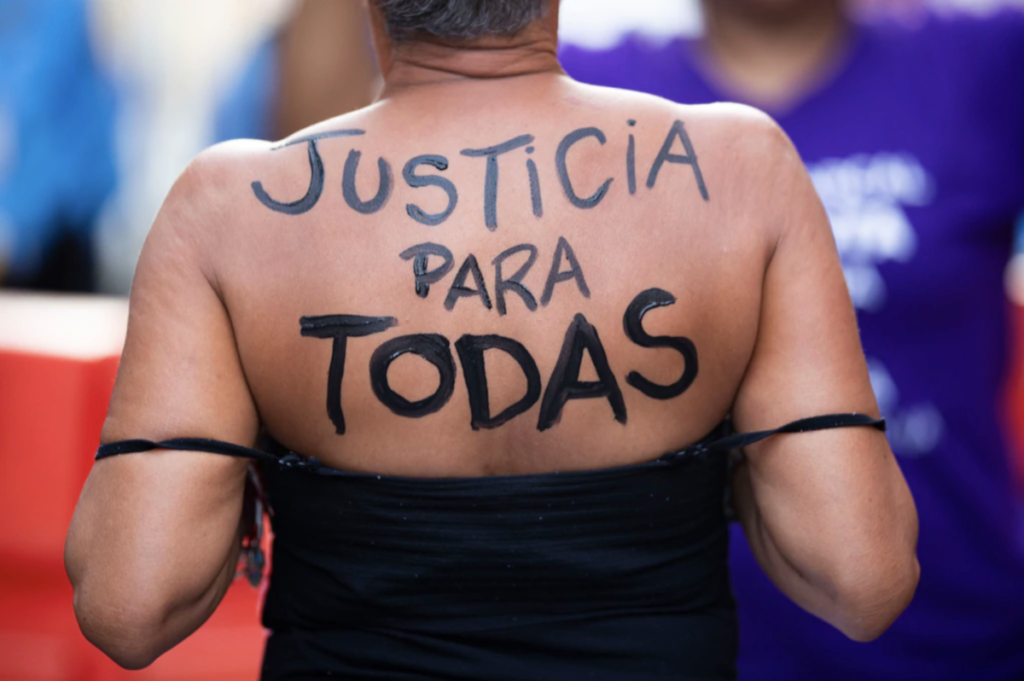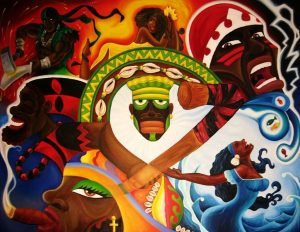This week we discussed a series of meanings for the expression “rapping Latinas:” a) young women seeking a life of significant impact of their talent, and making inroads of spaces traditionally considered male domains (like rap and hip-hop); b) young single mothers trying to provide for their children; c) women of all ages in the barrio joining the ministry to expand religion and religiosity from “other world” business and soul-redeeming-only endeavors to social justice and help out of poverty. How does shifting religious identity constitute ‘rapping’? How does social justice and rap relate to making a religious life come to life? What other meanings do you find for “rapping Latinas”?

Post a comment addressing one or more of these questions. Please, note that this post does NOT have a deadline, since most of you are concentrating on your proposals. These last few posts will come without a deadline, so you can write about them and post at your own pace. Hang in there, semester is almost over!
